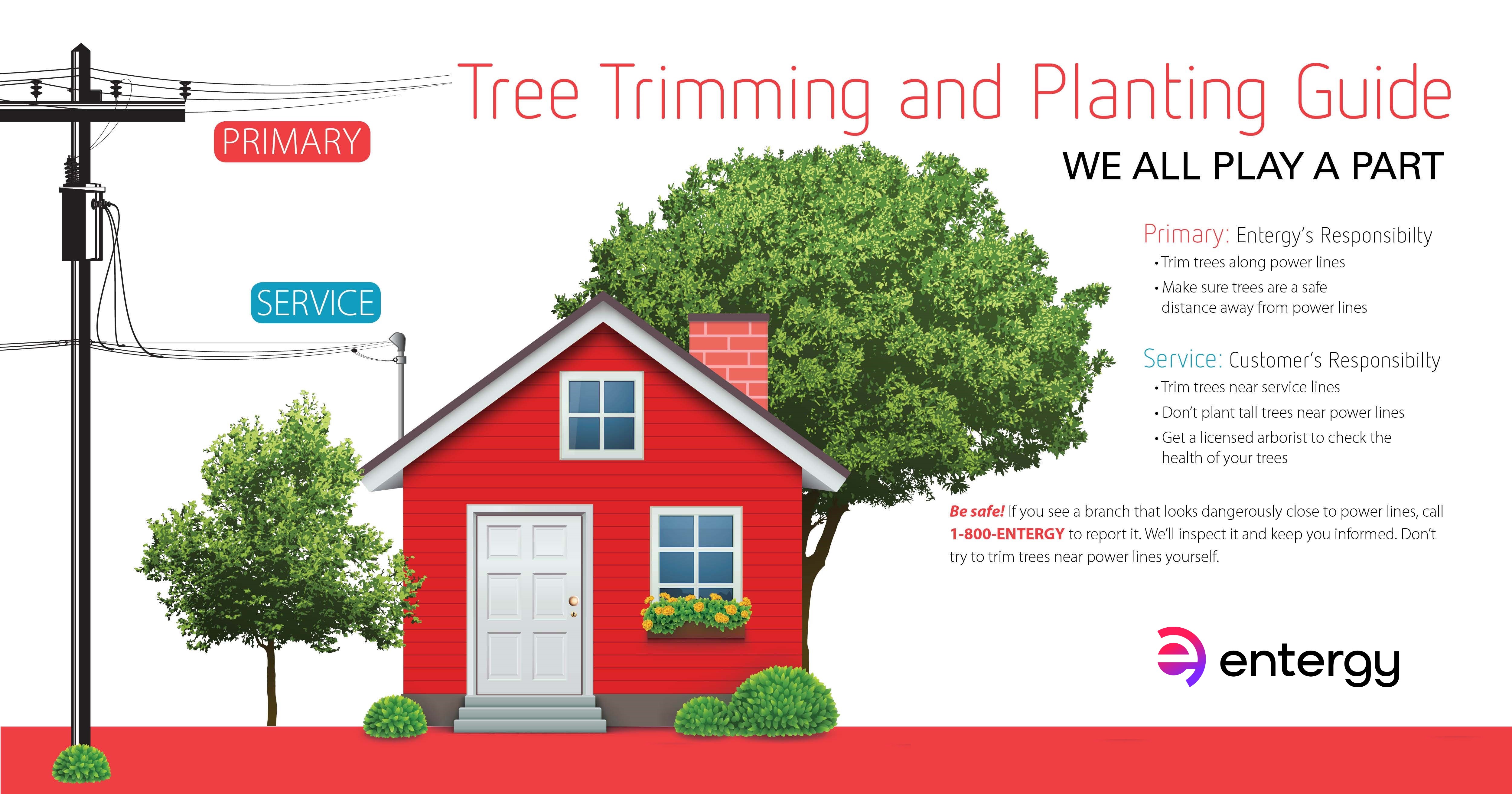Post-Tree Elimination Upkeep: Efficient Strategies For Landscape Remediation
Post-Tree Elimination Upkeep: Efficient Strategies For Landscape Remediation
Blog Article
Posted By-Berman Als
After a tree's elimination, your landscape might look quite different, and it's necessary to examine the after-effects carefully. You'll wish to review the soil disruption and examine bordering plants for any indications of stress. Disregarding these variables can lead to bigger problems down the line. So, what should you finish with those stumps and roots? And how do you choose the best plants for your rejuvenated room? Let's discover view it now .
Analyzing the Results: Evaluating Your Landscape
After a tree removal, it's essential to evaluate your landscape to understand the effect it has on your yard.
Start by examining the area where the tree stood. Seek signs of dirt disturbance, and examine the bordering plants for any tension or damages.
You should also remember of just how the elimination has transformed sunlight direct exposure and airflow in your yard. This change can impact the development of neighboring plants, so it's essential to examine their wellness.
Think about the visual facets too; the elimination might create an open space that you can upgrade.
Lastly, think about any type of prospective disintegration concerns that may develop from the tree's absence. Resolving these factors early will assist bring back balance to your landscape.
Taking care of Stumps and Roots: Options for Removal
As soon as you have actually evaluated the after-effects of the tree elimination, you'll likely require to tackle the stump and roots left behind.
You have a few alternatives for elimination. One reliable method is stump grinding, where a specialist utilizes an equipment to grind the stump down to underground degree. This method leaves minimal interruption to your landscape.
If you like a do it yourself approach, you can use a mix of excavating and chemical stump eliminators. Just bear in mind, this process can take some time and effort.
Alternatively, think about leaving the stump as an all-natural feature, which can work as a distinct garden element or environment for wild animals.
Whatever you select, attending to the stump and roots is necessary for recovering your landscape.
Choosing the Right Plant Kingdoms for Your New Space
As you evaluate your freshly removed area, choosing the right plants can dramatically enhance your landscape's beauty and capability.
Beginning by taking into consideration the sunlight and dirt problems. For bright areas, opt for drought-resistant plants like lavender or succulents. In shaded areas, brushes and hostas flourish well.
Think of the size and growth practices of your plants; mix perennials and annuals for seasonal range. Don't neglect to integrate native types; they call for less upkeep and support local wild animals.
Group plants in odd numbers for an extra all-natural look and create layers for visual deepness.
Finally, ensure you have a mix of colors and textures to maintain your landscape vibrant throughout the periods.
Satisfied mouse click the next web site !
Verdict
To conclude, recovering your landscape after tree removal is a rewarding process. By assessing the results, attending to stumps and origins, and selecting the right plants, you'll produce a flourishing setting. Don't neglect to integrate erosion control procedures to protect your soil. With a little effort and care, you can transform your area right into a vivid yard that improves your home. Embrace the chance to revitalize your landscape and enjoy the charm of nature right in your yard!
